Designing and Deploying Microsoft Exchange Server 2016/2019 M20345-2 Overview
Designing and Deploying Microsoft Exchange Server 2016 Outline/2019 M20345-2 Course Outline
Module 1: Planning Exchange Server Deployments
- New features in Exchange Server 2019.
- Gathering Business Requirements for an Exchange Server Deployment.
- Planning for an Exchange Server Deployment.
- Planning the Migration of Unified Messaging to Cloud Voicemail.
Lab: Planning Exchange Server 2019 Deployments
- Evaluating an Existing Messaging Infrastructure.
- Identifying Requirements.
- Discussion: Deployment Design for Exchange Server 2019.
Module 2: Planning and Deploying Exchange Server Mailbox Services
- Planning Exchange Server Hardware Requirements.
- Planning Exchange Server for Virtualisation and Microsoft Azure Integration.
- Planning and Implementing Public Folders.
Lab: Planning and Implementing Exchange Server Mailbox Servers, Databases, and Public Folders
- Planning Mailbox Server Configuration and Location.
- Planning for Mailbox Databases.
- Implementing Mailbox Databases.
- Planning and Implementing Public Folders.
Module 3: Planning Message Transport
- Designing Message Routing.
- Designing Transport Services.
- Designing the Message-Routing Perimeter.
- Designing Transport Compliance.
Lab: Planning Message Transport
- Planning for a Redundant and Secure Message Transport.
- Planning for Transport Compliance.
- Implementing Transport Compliance.
Module 4: Planning and Deploying Client Access
- Planning for Exchange Server Clients.
- Planning for Client Access.
- Planning and Implementing Office Online Server.
- Planning and Implementing Coexistence of SharePoint 2019 with Exchange Server 2019.
- Designing external client access.
Lab: Planning and Deploying Client Access Solutions
- Planning and Configuring Namespaces.
- Planning and Configuring Client Access Services Options.
- Planning and Deploying Office Online Server.
- Planning and Implementing Reverse Proxy.
Module 5: Designing and Implementing High Availability
- Planning High Availability for Exchange Server.
- Planning for Load Balancing.
- Planning for Site Resilience.
Lab: Designing and Implementing High Availability
- Planning High Availability and Site Resilience.
- Creating a Site-Resilient DAG.
- Validating Site Resilience.
- Creating a Lagged Database Copy.
- Recovering Data from a Lagged Database Copy.
Module 6: Maintaining Exchange Server
- Using Managed Availability to Improve High Availability.
- Implementing DSC.
Lab: Maintaining Exchange Server
- Using Windows PowerShell to Investigate and Configure Managed Availability.
- Implementing DSC.
Module 7: Designing Messaging Security
- Planning Messaging Security.
- Designing and Implementing AD RMS and Azure RMS.
Lab: Designing Messaging Security
- Planning Messaging Security.
- Implementing AD RMS.
- Integrating AD RMS with Exchange Server.
- Creating a Message Transport Rule to Protect Email.
Module 8: Designing and Implementing Message Retention and Archiving
- Overview of Archiving and Messaging Records Management.
- Designing In-Place Archiving.
- Designing and Implementing Message Retention.
Lab: Designing and Implementing Message Retention and Archiving
- Designing Message Retention and Archiving.
- Implementing Message Retention and Archiving.
Module 9: Designing and Implementing Messaging Compliance
- Designing and Implementing Data Loss Prevention Policies.
- Designing and Implementing In-Place Hold.
- Designing and Implementing In-Place eDiscovery.
Lab: Designing and Implementing Messaging Compliance
- Designing Messaging Compliance.
- Implementing Data Loss Prevention.
- Implementing In-Place eDiscovery.
- Comparing Messaging Policy and Compliance Options.
Module 10: Designing and Implementing Messaging Coexistence
- Designing and Implementing Federation.
- Designing Coexistence between Exchange Organisations.
- Designing and Implementing Cross-Forest Mailbox Moves.
Lab: Implementing Messaging Coexistence
- Implementing Message-Routing Coexistence.
- Migrating User Mailboxes.
Module 11: Upgrading to Exchange Server 2019
- Planning an Upgrade from Previous Exchange Server Versions.
- Implementing the Upgrade from Previous Exchange Server Versions.
Lab: Upgrading from Exchange Server 2013 to Exchange Server 2019
- Documenting the Exchange Server 2013 Organisation.
- Deploying Exchange Server 2019.
- Upgrading from Exchange Server 2013 to Exchange Server 2019.
- Removing Exchange Server 2013.
Module 12: Planning a Hybrid Exchange Server Deployment
- Basics of a Hybrid Deployment.
- Planning and Implementing a Hybrid Deployment.
- Implementing Azure AD Connect.
- Implementing a Hybrid Deployment.
- Implementing Advanced Functionality for Hybrid Deployments.
Lab: Planning a Hybrid Exchange Deployment
- Creating a Plan for Hybrid Exchange Deployment.


Who should attend this Designing and Deploying Microsoft Exchange Server 2016/2019 M20345-2 Course?
The Designing and Deploying Microsoft Exchange Server 2016/2019 M20345-2 Course is designed for IT professionals and administrators who want to learn how to plan, design, and deploy Microsoft Exchange Server 2016 or 2019 in their organisation. This Microsoft Exchange Server Course will benefit the following professionals:
- Exchange Administrators.
- System Administrators.
- Network Administrators.
- Deployment Specialists.
- Technical Consultants.
- Messaging Engineers.
- Aspiring IT Professionals.
Prerequisites of the Designing and Deploying Microsoft Exchange Server 2016/2019 M20345-2 Course
To participate in the Designing and Deploying Microsoft Exchange Server 2016/2019 M20345-2 Course, the delegates must have completed 20345-1B or possess equivalent knowledge. They should also have a minimum of two years' experience with any Exchange Server version, including at least six months with Exchange Server 2013 or 2016. Additionally, a minimum of two years' experience in administering Windows Server (2016 or 2019) and Active Directory Domain Services (AD DS) is necessary. Prerequisites include familiarity with name resolution (including DNS), experience with certificates (especially in public key infrastructure - PKI), and proficiency in working with Windows PowerShell.
Designing and Deploying Microsoft Exchange Server 2016/2019 Course Overview
In today's digital landscape, where efficient communication is pivotal, Designing and Deploying Microsoft Exchange Server 2016/2019 (M20345-2) becomes crucial for professionals aiming to design and implement advanced messaging environments. Covering diverse aspects such as site resiliency, advanced security, and migration strategies, the course not only addresses contemporary challenges but also equips delegates with the knowledge to optimise Exchange Server deployments.
Understanding the intricacies of this subject is vital for experienced Exchange Server administrators seeking to elevate their skills. Professionals involved in designing and configuring advanced components, ensuring site resiliency, and implementing compliance solutions will find this training indispensable.
This 5-day Microsoft Exchange Server Course offered by the Knowledge Academy is designed to empower delegates with practical skills and strategic insights. Delegates will learn to plan and deploy Exchange Server components effectively, including hardware, virtualisation, and messaging services.
Course Objectives
- To plan for Exchange Server deployments
- To plan and deploy Exchange Server hardware, virtualisation, mailbox databases, and public folders
- To plan message transport in Exchange Server
- To plan and deploy Client Access services in Exchange Server
- To design and implement an available Exchange Server environment
- To maintain Exchange Server using Managed Availability and Desired State Configuration (DSC)
Upon completion of this Microsoft Exchange Server Course, delegates will emerge with a heightened skill set, capable of strategically planning and deploying Exchange Server environments. The hands-on experience gained will empower administrators to address practical challenges related to messaging security, compliance, and coexistence.


What’s included in this Designing and Deploying Microsoft Exchange Server 2016/2019 M20345-2 Course?
- World-Class Training Sessions from Experienced Instructors
- Digital Delegate Pack


Why choose us
Ways to take this course
Experience live, interactive learning from home with The Knowledge Academy's Online Instructor-led Designing and Deploying Microsoft Exchange Server 2016/2019 M20345-2. Engage directly with expert instructors, mirroring the classroom schedule for a comprehensive learning journey. Enjoy the convenience of virtual learning without compromising on the quality of interaction.
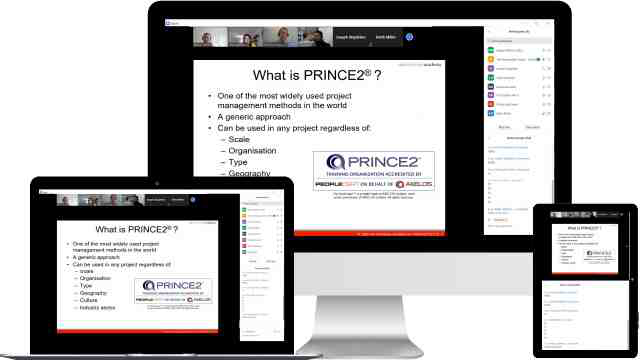
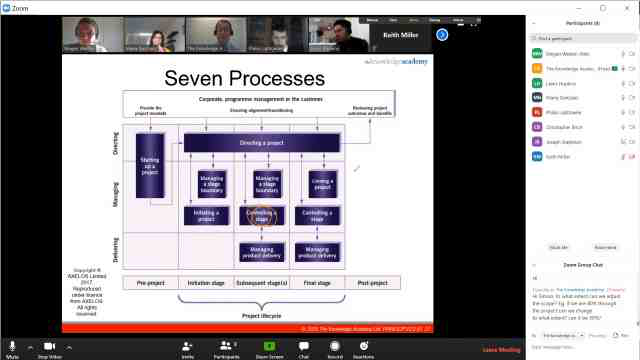
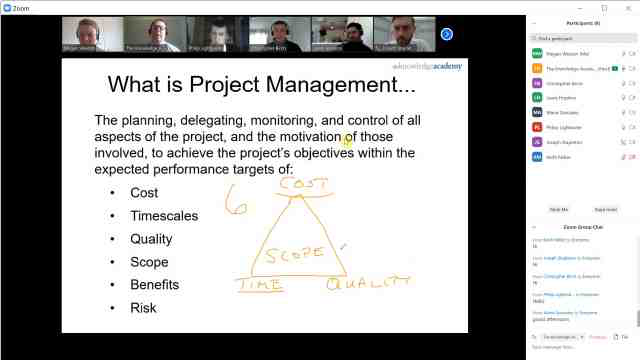
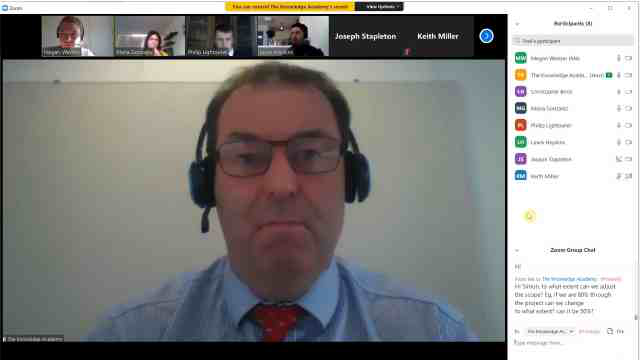
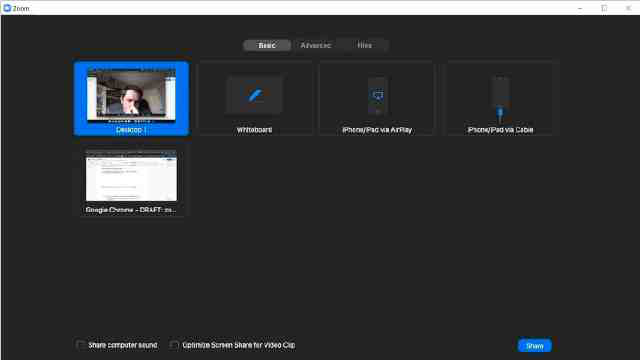
Unlock your potential with The Knowledge Academy's Designing and Deploying Microsoft Exchange Server 2016/2019 M20345-2, accessible anytime, anywhere on any device. Enjoy 90 days of online course access, extendable upon request, and benefit from the support of our expert trainers. Elevate your skills at your own pace with our Online Self-paced sessions.
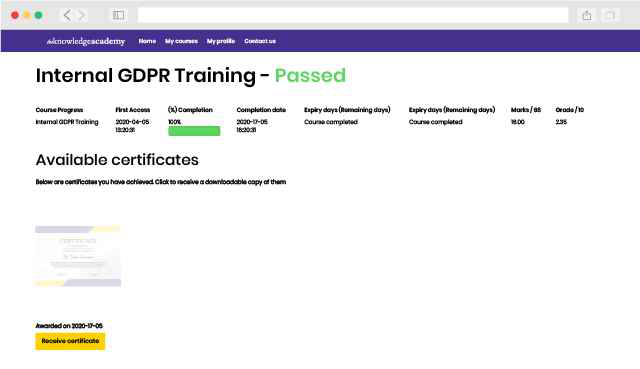
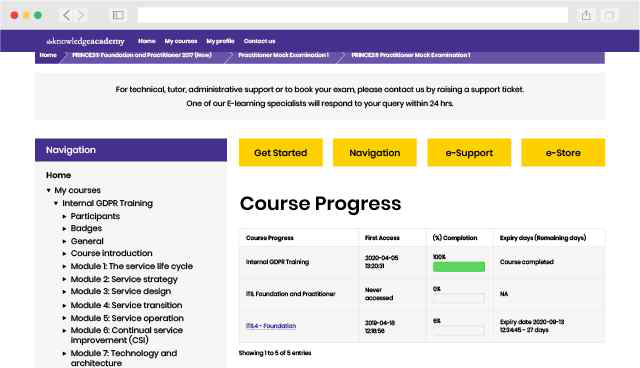
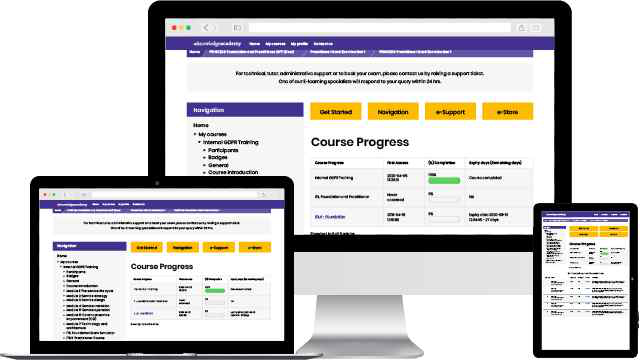
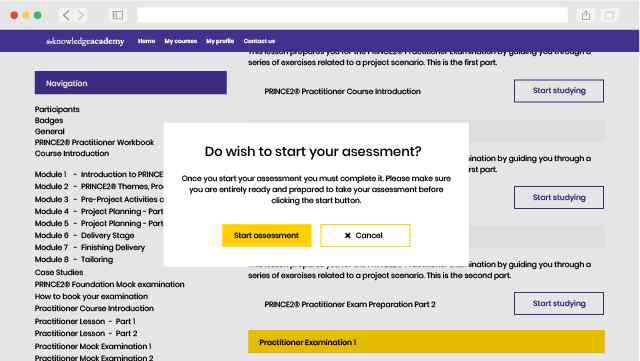
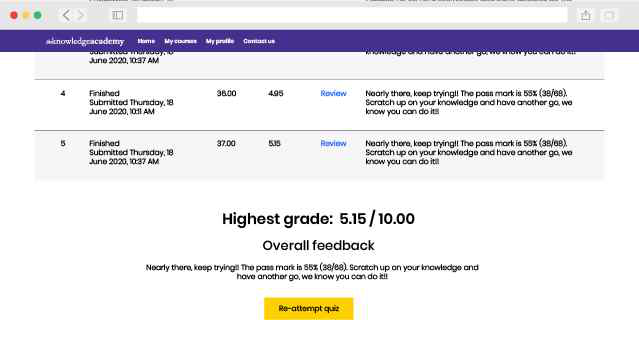
Experience the most sought-after learning style with The Knowledge Academy's Designing and Deploying Microsoft Exchange Server 2016/2019 M20345-2. Available in 490+ locations across 190+ countries, our hand-picked Classroom venues offer an invaluable human touch. Immerse yourself in a comprehensive, interactive experience with our expert-led Designing and Deploying Microsoft Exchange Server 2016/2019 M20345-2 sessions.

Highly experienced trainers
Boost your skills with our expert trainers, boasting 10+ years of real-world experience, ensuring an engaging and informative training experience

State of the art training venues
We only use the highest standard of learning facilities to make sure your experience is as comfortable and distraction-free as possible

Small class sizes
Our Classroom courses with limited class sizes foster discussions and provide a personalised, interactive learning environment

Great value for money
Achieve certification without breaking the bank. Find a lower price elsewhere? We'll match it to guarantee you the best value
Streamline large-scale training requirements with The Knowledge Academy’s In-house/Onsite Designing and Deploying Microsoft Exchange Server 2016/2019 M20345-2 at your business premises. Experience expert-led classroom learning from the comfort of your workplace and engage professional development.

Tailored learning experience
Leverage benefits offered from a certification that fits your unique business or project needs

Maximise your training budget
Cut unnecessary costs and focus your entire budget on what really matters, the training.

Team building opportunity
Our Designing and Deploying Microsoft Exchange Server 2016/2019 M20345-2 offers a unique chance for your team to bond and engage in discussions, enriching the learning experience beyond traditional classroom settings
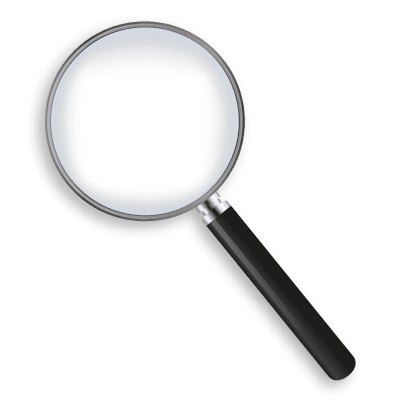
Monitor employees progress
The course know-how will help you track and evaluate your employees' progression and performance with relative ease
What our customers are saying
Designing and Deploying Microsoft Exchange Server 2016/2019 M20345-2 FAQs

Why choose us
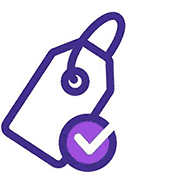
Best price in the industry
You won't find better value in the marketplace. If you do find a lower price, we will beat it.
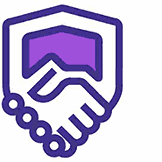
Trusted & Approved
Microsoft Exchange Server Training

Many delivery methods
Flexible delivery methods are available depending on your learning style.

High quality resources
Resources are included for a comprehensive learning experience.




"Really good course and well organised. Trainer was great with a sense of humour - his experience allowed a free flowing course, structured to help you gain as much information & relevant experience whilst helping prepare you for the exam"
Joshua Davies, Thames Water



Looking for more information on Microsoft Exchange Server Training?
 Back to course information
Back to course information
Microsoft Exchange Server 2016/2019 Certification
Save upto 40%Included courses:
Designing and Deploying Microsoft Exchange Server 2016/2019 M20345-2AUD9995
Administering Microsoft Exchange Server 2016/2019 M20345-1AUD9995
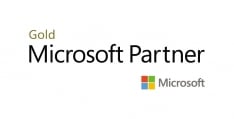

Total without package: AUD19990
Package price: AUD11995 (Save AUD7995)
Limited budget?
 If you miss out, enquire to get yourself on the waiting list for the next day!
If you miss out, enquire to get yourself on the waiting list for the next day!












 If you wish to make any changes to your course, please
If you wish to make any changes to your course, please

